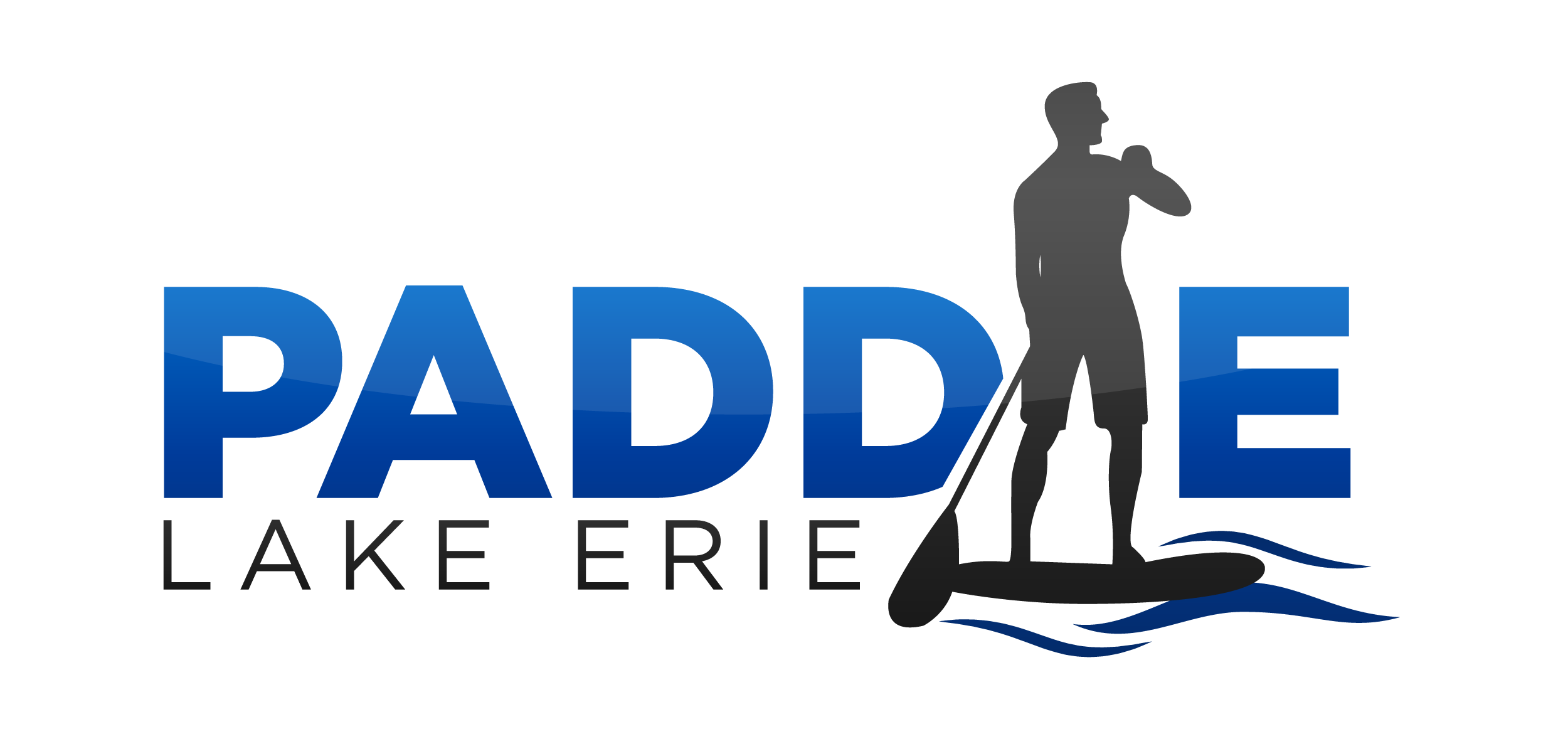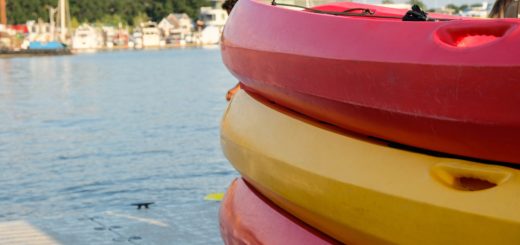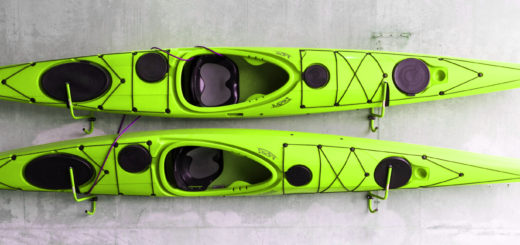Kayaking for Fitness
Out of all of the outdoor activities to take up for fitness, Kayaking can be very rewarding. First we look at how good of a workout kayaking is, then some of the more specific health benefits – for both physical and mental well-being.
Is kayaking a good workout?
First it is important to define a good workout. For most people looking to increase their fitness level, a comparison with some other common forms of exercise would be a good place to start answering whether or not kayaking is a good workout. Let’s begin with cardio, although there are other physical benefits as well.
An adult weighting 180 lbs will burn an estimated 408 calories when kayaking for 1 hour. Compare this with the calorie burn for some other common exercises for the same weight and duration:
- Cycling at 12 -13 mph intensity: 653 calories
- Jogging / Light Running: 571 calories
- Walking at moderate pace (3 mph): 269 calories
- Casual Swimming: 571 calories
As you can see, by estimated calorie burn alone, kayaking comes out somewhere between walking and jogging. Since activities like cycling and swimming use more of the body, it makes sense they would burn more calories per hour. Even though kayaking burns slightly less calories than these other activities, it certainly should not be ruled out as a vessel to better fitness (pun only slightly intended). Data in this comparison is from the American Council on Exercise calculator, which is a great tool for viewing estimated calorie burn of many activities – definitely worth checking out.
Besides a comparison of burned calories per hour, let’s look a little more into what constitutes a good workout. Unfortunately there is no perfectly objective answer as to what makes a workout good. There are some general guidelines, some more subjective than others, that can be used. The following factors are mentioned by a number of authority fitness sources as being indicators of a good workout:
- Elevated heart rate is a great measure of workout intensity because it can be easily measured and compared with a recommended range. A typical recommendation for heart rate during exercise is 60 percent of the max heart rate, sustained for 20 minutes or more. What is the max heart rate? This can be estimated by a number of rules of thumb or quick calculations. A common estimation is: Max Heart Rate = 208 – (age * 0.7). So For example, a 27 year old’s max heart rate should be around 189, and would there for target a heart rate of 113 (189 * 0.60) for moderate to intense exercise.
- Better sleep – this one is near impossible to measure objectively, although it’s possible to try with sleep recording apps for smartphones or wearable devices. However, many experts seem to agree that a sign of a good workout is an increased ability to sleep, and improved quality of sleep. I will leave the measurement of this up to the individual, but I imagine most would agree that this benefit is felt after most kayaking trips.
- Soreness after workout – while also hard to measure, being sore after exercising is a great indicator that the muscles have been worked to the point of increasing their strength. Most paddlers have probably experienced this, so I would say this counts towards kayaking being a good workout.
- High Perceived rate of exertion – People perceive exertion very differently based on their personal fitness level, personality, and just the uniqueness of the persons experience. A popular way to describe perceived exertion, is the Borg Scale of Perceived Exertion. This scale ranges from 6 to 20, with descriptions of the effects felt at each level of exertion. This article from the Harvard school of public health explains it quite well. A general rule of thumb for estimating RPE is that up to a level of around 13 you can still carry on a conversation. Above 13 is where it becomes difficult to talk while performing the activity. RPE is roughly a representation of your heart rate in another way without having to measure it directly. According to livestrong, you can multiply RPE by 10 and will get a number that highly correlate with your heart rate. A good goal is 12 – 14 on the RPE scale, typically recommended for exercise lasting 30 – 45 minutes. For Kayaking, you’d expect to be lower than this however. Unlike other exercises where you can just just stop at the point of exertion, you still need to maintain control of the kayak, so you shouldn’t be pushing yourself to the same exertion you would running for example.
All in all, I’d say kayaking is a good workout, and I think many yakkers both new and seasoned would agree. I do think that kayaking is more of a workout for those getting off the couch and looking to begin a fitness journey. For those more active people who area already partaking in a lot of rigorous exercise, kayaking while great fun may not do as much for their fitness, as the intensity level of kayaking is less than that of other activities those people are probably already doing.
Health Benefits of Kayaking
The benefits of kayaking on your overall fitness and well-being are many. Here are some physical benefits:
- Paddling works the upper body and core. Especially shoulders, arms, and back.
- Improved grip strength.
- Legs – while it may seem legs are not used at all for kayaking, they definitely get some use in stabilizing the kayak.
- Intense paddling sessions get the heart and lungs working extra to keep up. This can be great cardio.
- Kayaking is a low impact exercise – you don’t have the body-weight impacts with the ground that you would have with running for example that can be detrimental to joints in the long term.
Not all of the effects are physical. The following are some general wellness benefits you will gain:
- Mental health improvement. Stress relief from being outdoors and enjoying nature, getting away from the stress of daily life.
- Kayaking is a great way to meet new people. There is a great sense of community among paddlers, and most people you meet will be very excited to help you or offer tips. Many people find they meet people kayaking to go on more adventurous trips with larger groups.
- Vitamin D – the one associated with sunlight. Spending just 15 minutes in sunlight has been shown to help with depression and anxiety.
Kayaking to Lose Weight
We’ve covered the all around health benefits of kayaking, but what if your goal is specifically weight loss and not building muscle? Kayaking is more of a muscle workout than it is cardio, unless specifically paddling with cardio workout in mind. Even though it works the muscles more, this is still a great thing for someone looking to lose weight. As the muscles get stronger, they will burn more calories when resting and when being exerted next time. So muscle gains, while not the direct benefit you are aiming for, will help on the way to weight loss. Also, when muscles are being exerted, the heart and lungs have to work harder to provide oxygen to the exercised muscles, so you get cardio benefits no matter what.
More of a cardio focused workout can be achieved by paddling with that in mind. Find safe straight areas where you can perform sustained hard paddling to get your heart rate up. Another great way to increase the effort is to paddle upstream on a river. This will produce an effect similar to running on a treadmill where you won’t travel far but will still be working hard.
Tips for kayaking for weight loss:
- Pack and drink plenty of water to keep hydrated.
- Do some stretching ahead of time to prepare muscles and joints for exercise – see below for some kayaking specific stretches.
- Make sure to warm up and cool down. This helps your body ease into and out of rigorous exercise. After the more intense paddling, take a few minutes to leisurely paddle and collect yourself.
- Only kayak when conditions make sense – make sure the water temperature is safe for kayaking and that you are well aware of the weather in the area.
Stretches for Kayaking
Stretching is important before any kind of exercise. Especially with kayaking, stretching before hand can reduce soreness levels and promote healing of muscles. Specifically, you will want to stretch your back, shoulders, legs, arms and wrists. While we could list out the details of these stretches here, it is much easier explained by this great video from the folks at Jackson Kayak:



